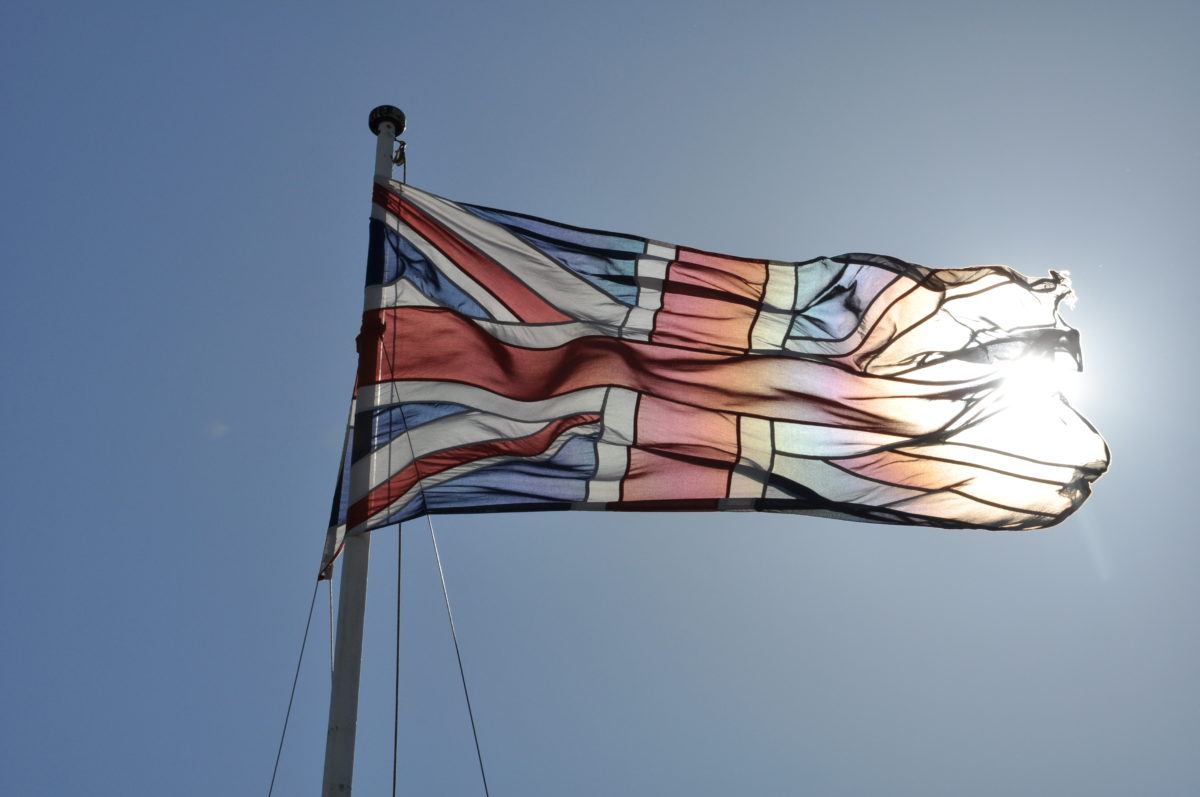The figures released earlier this week by STA show a 75% drop in residential rooftop installations, and a 65% drop in commercial (50kW+) installations in Q1 2017. In light of these figures, STA is calling for the government to remove red tape and put in place policies that will not hold back solar’s growth, warning that failure to do so could badly affect employment in the sector.
The sector was hit at the end of March by an increase in business rates of up to 800% for some organizations using rooftop solar, as well as exclusion from renewables auctions.
“With policy crunch points clearly hurting solar this spring we urge Government to act now to stabilize the industry. Solar led renewables growth last year and it has an extraordinary future everywhere,” says Paul Barwell, CEO at the Solar Trade Association. “But solar is being needlessly impeded in the UK by shock taxes, red tape and by a serious failure in the only remaining supportive policy. The UK risks being left behind while other major economies strengthen their stake in a booming world market.”
Popular content
In a press statement released this week, the STA calls for fairer business rates, Enhanced Capital Allowance and PPA exemption from the Climate Change Levy for the commercial rooftop sector, as well as a policy better suited to smoothing the transition to a subsidy free framework.
The Association also requests that solar is allowed competitive access to auctions at utility-scale. “It makes no sense to shut the cheapest clean power out of the energy market,” continues Barwell. “That’s the last thing that consumers and a healthy competitive market needs.
This content is protected by copyright and may not be reused. If you want to cooperate with us and would like to reuse some of our content, please contact: editors@pv-magazine.com.



By submitting this form you agree to pv magazine using your data for the purposes of publishing your comment.
Your personal data will only be disclosed or otherwise transmitted to third parties for the purposes of spam filtering or if this is necessary for technical maintenance of the website. Any other transfer to third parties will not take place unless this is justified on the basis of applicable data protection regulations or if pv magazine is legally obliged to do so.
You may revoke this consent at any time with effect for the future, in which case your personal data will be deleted immediately. Otherwise, your data will be deleted if pv magazine has processed your request or the purpose of data storage is fulfilled.
Further information on data privacy can be found in our Data Protection Policy.